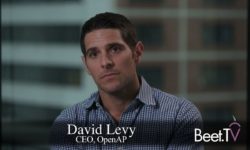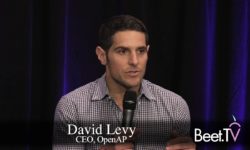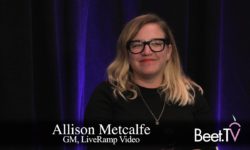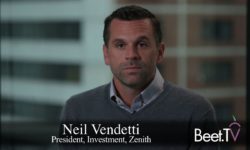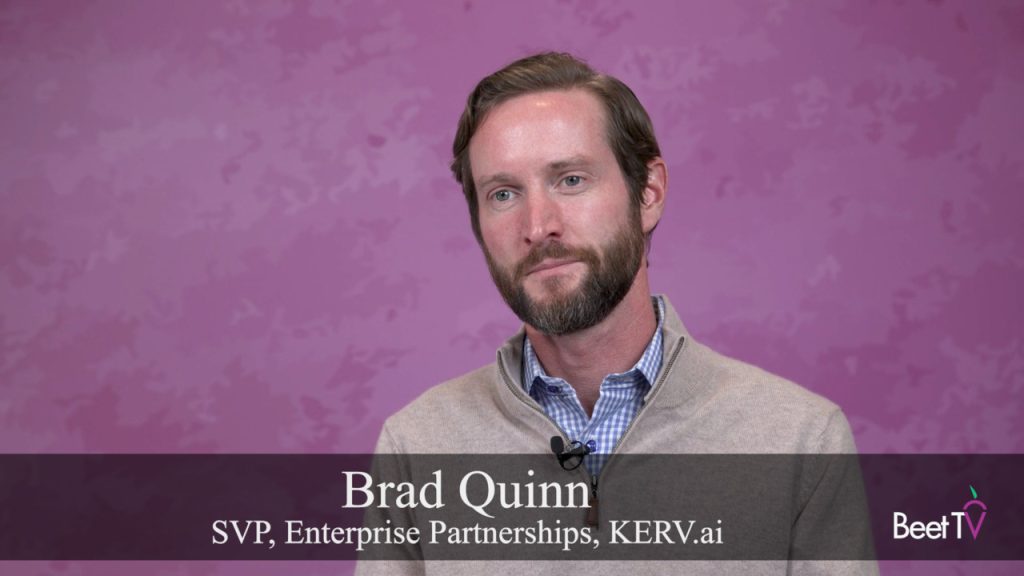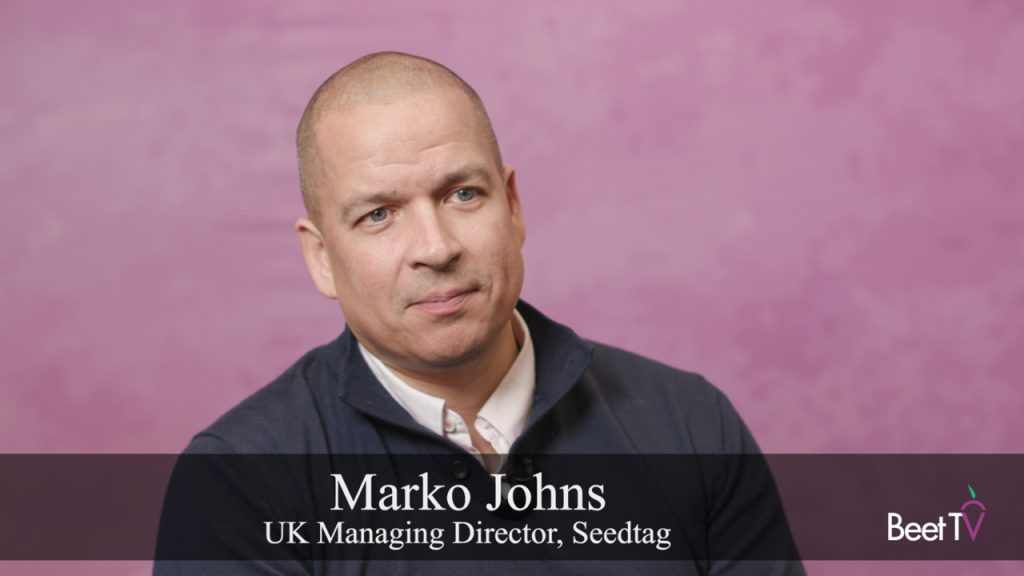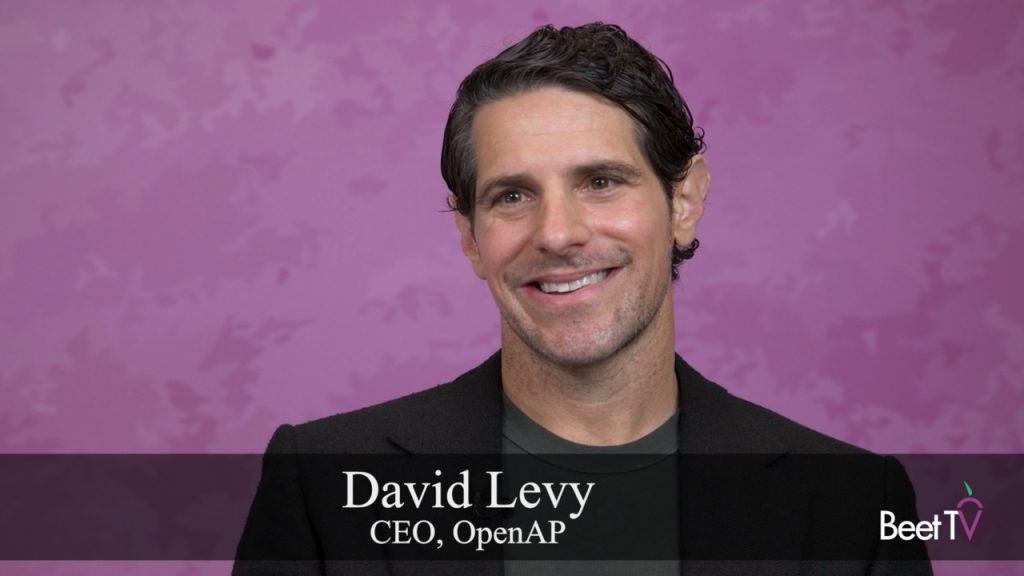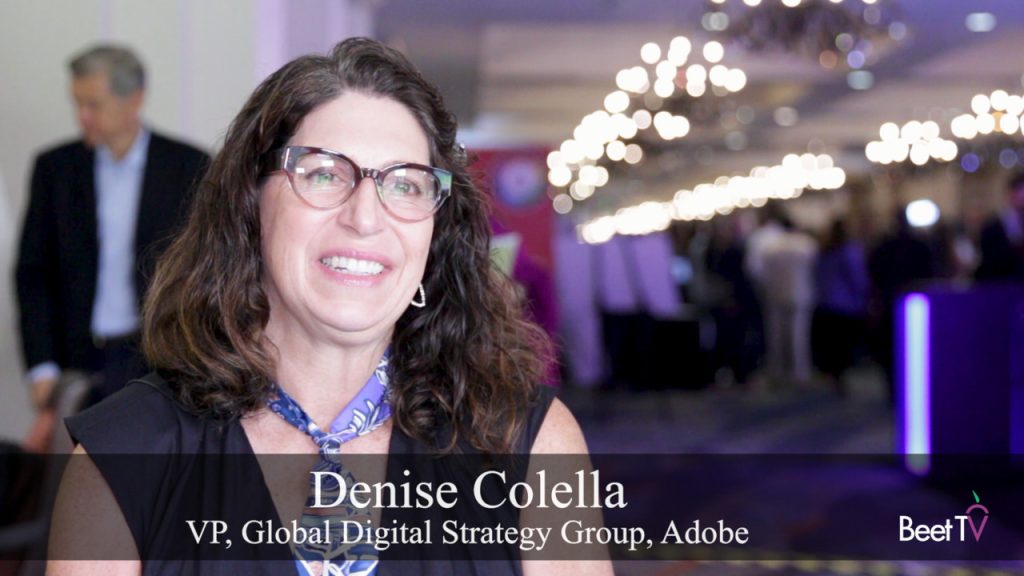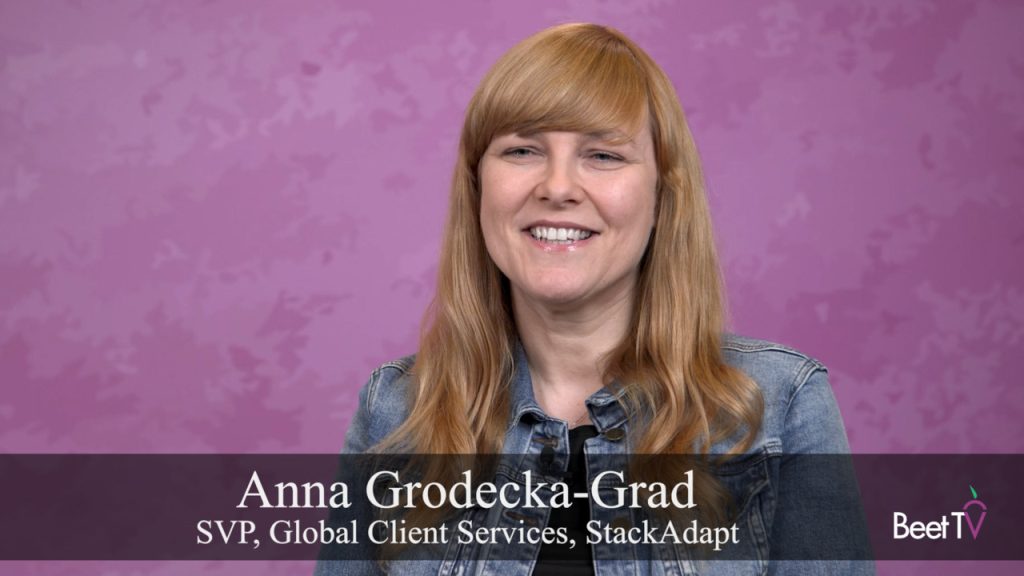As advanced TV, addressable TV and connected TV all evolve, confusion around best practices is bound to arise, particularly as advertisers navigate new methods of audience identification, targeting and measurement. During the Beet Retreat, a half-day Beet.TV event in New York hosted by Publicis Media, Joanna O’Connell, principal analyst at Forrester Research, asked LiveRamp Video gm Allison Metcalfe to clear the air on some commonly held assumptions about TV and identity.
Myth 1: Advanced TV is addressable TV – if you don’t have a niche audience, it is not for you.
According to Metcalfe, this is false. “There’s an application of advanced TV for every brand out there,” she tells O’Connell. It starts with how companies define advanced TV: LiveRamp defines it as using data and automation to buy, sell, optimize or measure TV investment. Addressable TV is one component of that, but it’s not limited to addressable TV. New capabilities around data-driven linear TV have helped advertisers figure out how to address the right audiences in more traditional channels.
Myth 2: CTV is not resolvable to identity.
Connected TV is resolvable, says Metcalfe, and it’s an area where LiveRamp has been investing in the last two years. The company matches its network partners with connected TV IDs – essentially earmarking a household for audience targeting purposes – and is able to derive demographic data of consumers and the content they’re watching.
Myth 3: LiveRamp is only an identity graph.
This used to be true, but not anymore, says Metcalfe. While the identity graph is still LiveRamp’s core product, the company has evolved its offerings alongside the evolution of the industry. Today, it also offers a platform that matches the sell side to work with distribution clients directly, as well as a measurement platform and a platform for second-party data sharing and distribution.
Myth 4: Unduplicated reach and frequency is not possible.
This one’s complicated.
“Kinda true, kinda false,” says Metcalfe. “Technically, unduplicated reach is entirely possible. It’s more of an issue where the owners of the data are nervous and hesitant to give that type of information to the buy side.”
LiveRamp is working on a solution that involves building trust and collaboration between both sides of the fence that would encourage more data sharing, resulting in clearer reach measurement.
This video was produced at the Beet Retreat leadership event hosted Publicis Media in New York. The event and video series is sponsored by FreeWheel and LiveRamp. For more videos from the event, please visit this page.






